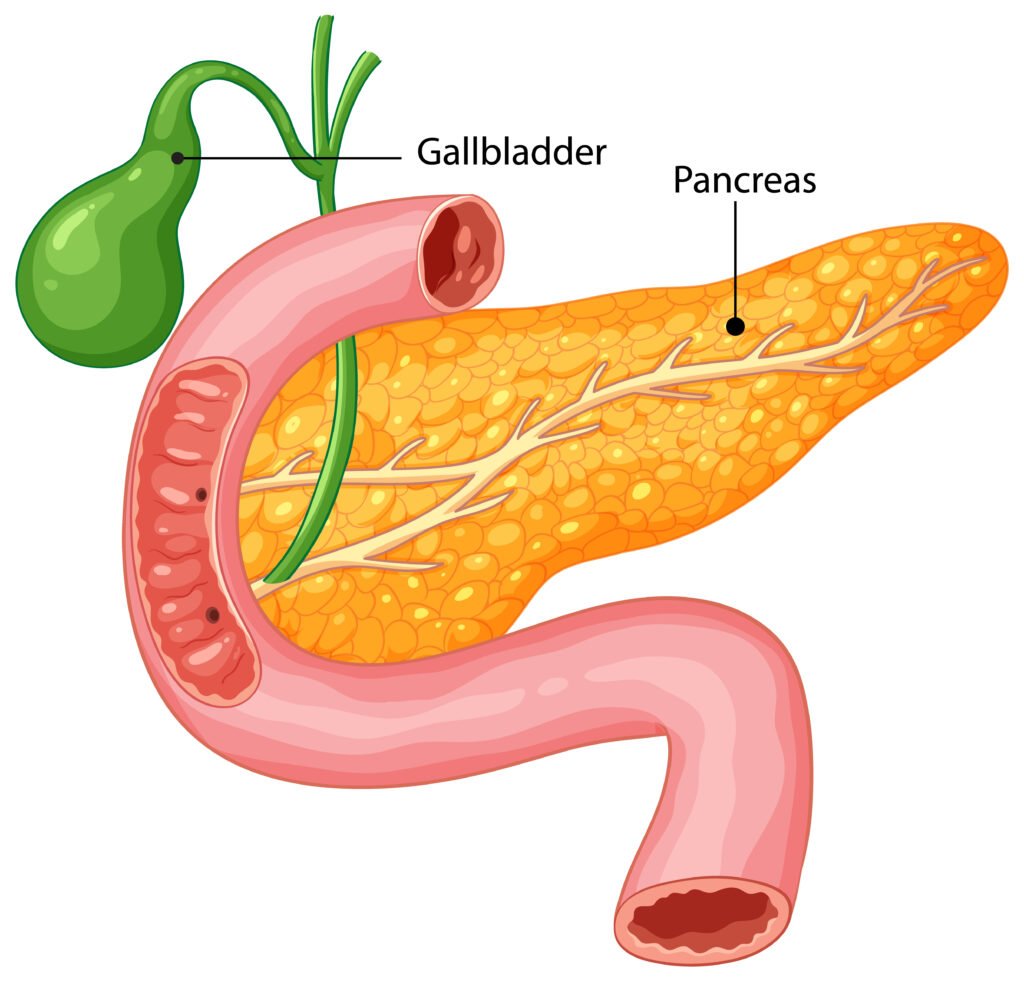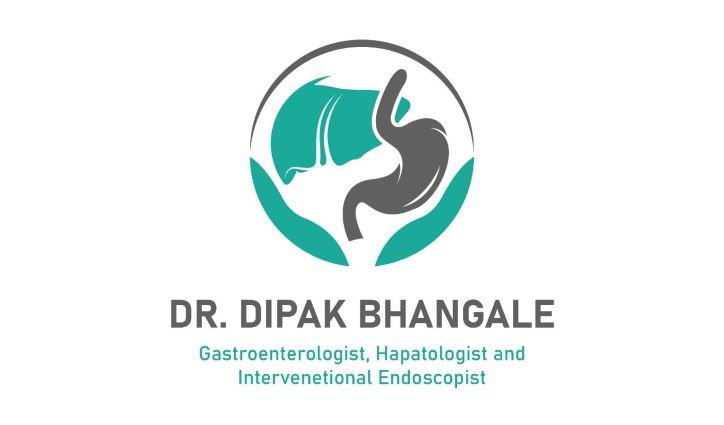Modern Alternatives for Managing Gallstones with Infection
In India, many families get worried when doctors suggest gallbladder surgery. Questions like ‘Will I be able to work again quickly?’, ‘How much will it cost?’ and ‘Is there a safer way without operation?’ are common. For middle-class households, the idea of surgery brings both financial and emotional stress.

A Real-Life Story
Mr. Shinde, a 62-year-old shopkeeper from Navi Mumbai, developed severe abdominal pain and fever. He was diagnosed with gallstones, causing an infection (acute cholecystitis). Because of his heart condition, surgery was risky. The family was worried: they wanted relief but feared operation and long hospital bills.
Instead, doctors offered him a non-surgical option called **EUS-guided gallbladder drainage**. Through an endoscope passed via the stomach, a stent was placed to drain the infected gallbladder. Within 2 days, his fever subsided, pain reduced, and he could go home without an external tube. This modern approach helped him recover safely without surgery.
👉 Important: This procedure is *organ-preserving*, meaning the gallbladder is not removed. Unlike surgery, it drains infection while keeping the gallbladder intact.
Why the Gallbladder Causes Trouble
The gallbladder stores bile, which helps digest food. Gallstones can block the outlet, leading to acute cholecystitis (infection of the gallbladder). Symptoms may include severe pain, fever, nausea, and jaundice.
While laparoscopic surgery is the standard cure, it may not be possible in elderly or high-risk patients. Fortunately, there are less invasive alternatives.
Alternatives to Surgery
1. EUS-Guided Gallbladder Drainage (EUS-GBD)
– A modern endoscopic procedure performed through the stomach or duodenum with ultrasound guidance.
– The gallbladder is punctured internally, and a stent allows drainage of pus and infected bile.
– Advantages: No external tube, quicker relief, long-term benefit, and even future stone removal if needed.
– Ideal for: Elderly or high-risk patients unfit for surgery.
2. ERCP (Endoscopic Retrograde Cholangiopancreatography)
👉 Organ-preserving: ERCP with cystic duct stenting also allows bile to flow while leaving the gallbladder in place.
– A scope is passed into the bile duct system through the intestine.
– Useful when gallstones slip into the main bile duct, causing jaundice or infection.
– In some cases, a stent can be placed in the cystic duct, allowing gallbladder drainage internally.
– Advantage: Can relieve both bile duct blockage and gallbladder infection at the same time.
3. Percutaneous Gallbladder Drainage
👉 Organ-preserving: This approach provides urgent relief without removing the gallbladder.
– A thin tube is inserted through the skin into the gallbladder using ultrasound or CT guidance.
– Best for very sick patients who cannot undergo endoscopy.
– Limitation: An external bag collects bile, which can be uncomfortable and needs care.
Which Option is Right?
– If you are fit and healthy, Laparoscopic surgery remains the best cure.
– If you are elderly or have other health problems: EUS-guided drainage or ERCP can be excellent alternatives.
– If you are critically ill, A percutaneous tube can be lifesaving.
👉 Organ-preserving: ERCP with cystic duct stenting also allows bile to flow while leaving the gallbladder in place.
The Take-Home Message
Gallbladder surgery is safe and effective for most people, but for those who are afraid or medically unfit, modern endoscopic options now exist in India. These include **EUS-guided gallbladder drainage**, **ERCP with cystic duct stenting**, and **percutaneous drainage**. These techniques can control infection, relieve pain, and allow recovery without major surgery.
If you or your loved one fears gallbladder surgery, remember: there are safe, minimally invasive alternatives.
👉 Important: This procedure is *organ-preserving*, meaning the gallbladder is not removed. Unlike surgery, it drains infection while keeping the gallbladder intact.
👉 Organ-preserving: ERCP with cystic duct stenting also allows bile to flow while leaving the gallbladder in place. These alternatives are especially valuable because they are **organ-preserving**. They control infection and symptoms while allowing the gallbladder to remain inside the body.

